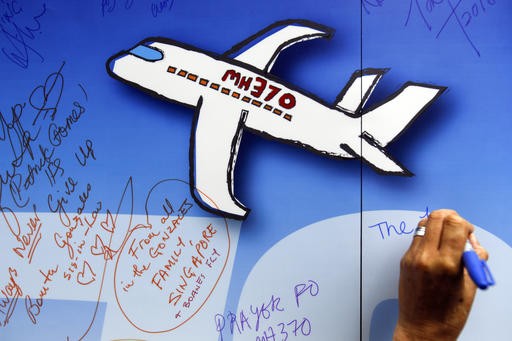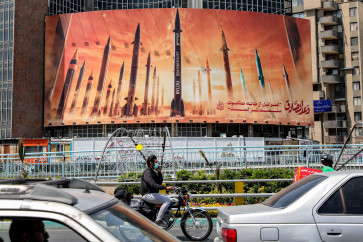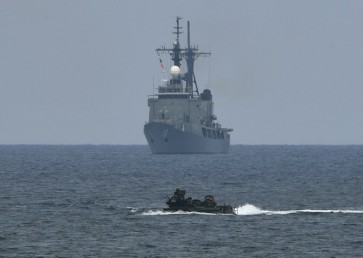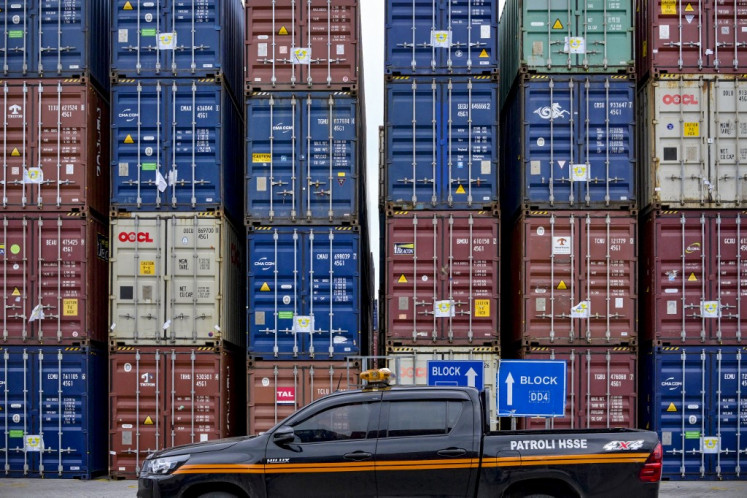Popular Reads
Top Results
Can't find what you're looking for?
View all search resultsPopular Reads
Top Results
Can't find what you're looking for?
View all search resultsHistory of searches for missing Malaysia Airlines airliner
Change text size
Gift Premium Articles
to Anyone
A
look at the progressive searches for Malaysia Airlines Flight 370, which are the most challenging and expensive undertaken in aviation history.
FIRST SEARCH: On March 8, 2014, an air and sea search begins in the Gulf of Thailand and the South China Sea on the assumption that the plane crashed on its way from Kuala Lumpur, Malaysia, to Beijing. Malaysia reveals two weeks later that its military radar had tracked the plane flying far off course to the west.
SECOND SEARCH: Analysis of satellite signals emitted by the plane in its final hours suggests that it crashed west of Australia. A sonar search appears to detect the 'ping' of the jet's black box near the end of its monthlong battery life. But after 850 square kilometers (330 square miles) of seabed is searched, authorities conclude that they must have been mistaken.
THIRD SEARCH: Further analysis of satellite data defined a more remote search zone 1,800 kilometers (1,100 miles) off Australia's southwest coast in the Indian Ocean. The 60,000-square-kilometer (23,000-square-mile) search area was later doubled. In July, officials agreed the search would be suspended once crews finish scouring the area, unless new evidence emerges pinpointing a specific location of the aircraft.
(Read also: MH370 officials: Crash site could be north of search area)
POSSIBLE FOURTH SEARCH?: In December, international investigators released a report based on a fresh analysis of the data concluding that the plane is highly unlikely to be in the current search zone, and suggesting that the aircraft may instead have crashed in an area farther north. The investigators said a new search should be launched of the 25,000-square kilometer (9,700-square mile) area immediately to the north of the current search zone. But Australian officials said that was unlikely, as the report failed to identify a specific location of the plane.
CHALLENGES: The search zone is so remote that the sonar ships spend half their monthlong shifts transiting to and from their Australian port. The ocean ranges from 600 meters (2,000 feet) to 6.5 kilometers (4 miles) deep, with the average depth being 4 kilometers (2.5 miles). The seabed has jutting ridges and volcanoes and deep, sharp crevasses.
COST: Australia has agreed to pay US$60 million and China $20 million for the current search. Malaysia has paid $80 million and has agreed to pay the balance of the final search cost.










